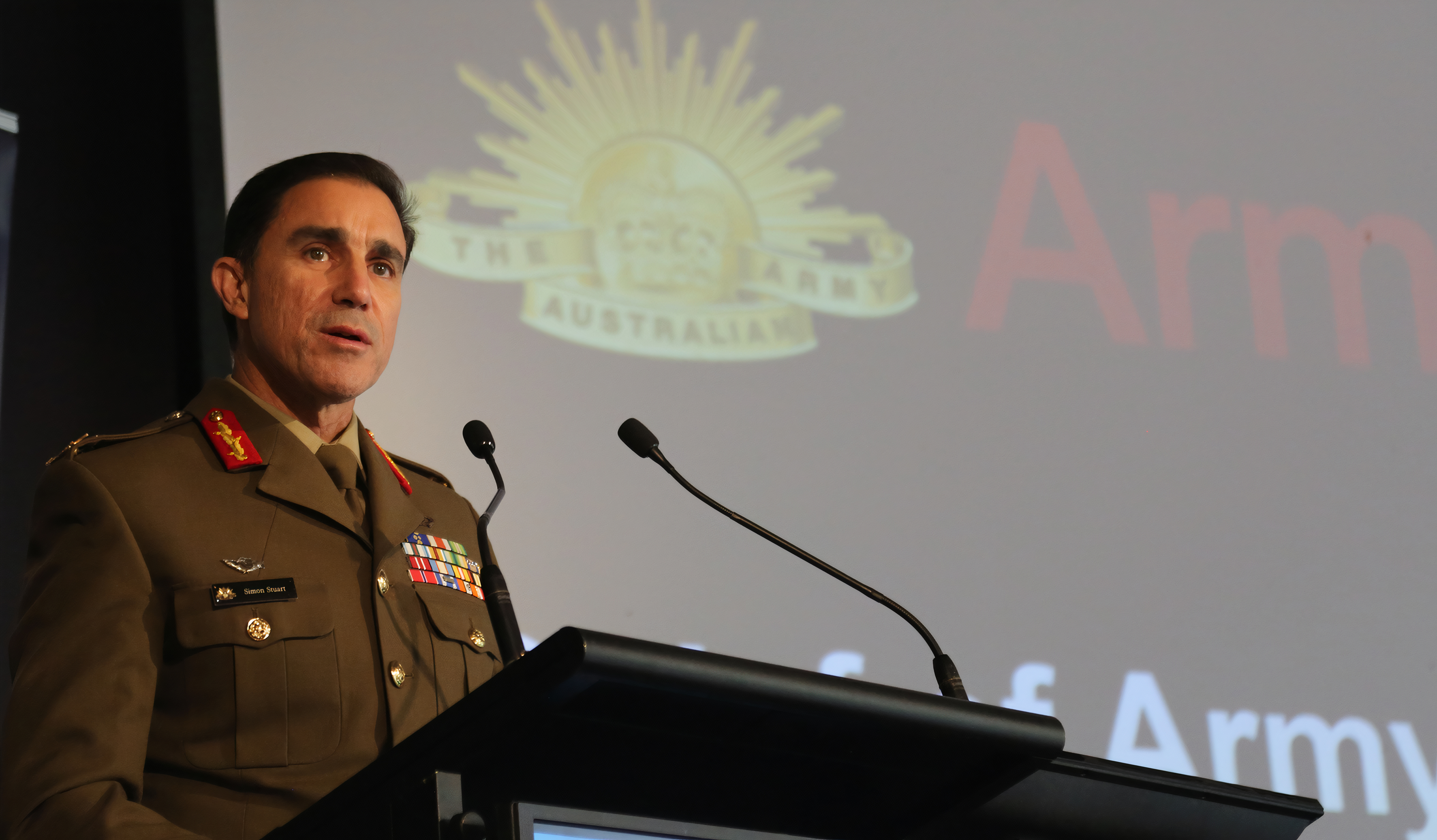Shaping a Way Ahead for the Australian Army: The Perspective of Lt. General Simon Stuart
At the Williams Foundation Seminar on September 28, 2022, the new chief of Army, Lt. General Simon Stuart, provided his perspective on shaping a way ahead for the lethal and survivable within the context of affordable, ADF joint force which the nation needed in the evolving strategic environment.
He started his presentation by reminding the audience that war was a national endeavour and required a whole of nation approach. He warned that the duration and brutality of armed conflict often was of a character that those who forecast short and clean conflicts tend to overlook or minimize.
Lt. General Stuart warned: “There is a prevailing commentary today that speaks with undue precision and certainty about the ‘next war’. It generally comes from a perspective that focuses exclusively on the changing character of war, which either dismisses or ignores its enduring nature.
“It discounts the effects of fog, friction, chaos and individual agency on the course of a war. It describes a symmetrical response in a single modality of warfare. It supposes will can be imposed and can be resisted at ever increasing distance and without having to close with an adversary.
“It focuses on the outcome of the first battle or battles rather than the war. It imagines that the next war will be short, decisive and clean. And it confuses targeting and tactics for operational art and strategy.
“Unfortunately, history, including Australia’s history, does not support these hypotheses.”
The way ahead for the ADF needed to be placed in such a context. He argued that “the unpredictability of war demands an ADF that is relevant and credible in all domains, and integrated – as a system of systems – that has the best probability of mission success whether deterring war or prevailing in its contest.”
His comments clearly implied that the shift from the land wars in the Middle East to the direct defense of Australia would form the framework within which Army and joint force modernization would proceed.
He identified the way ahead in the following terms for the Australian Army: “to prevail in the 21st century, Army must be protected, connected, lethal and enabled. Army will make a greater contribution at the operational and strategic levels through new and transformed capabilities such as networked long-range fires, littoral manoeuvre, cyber, space, information warfare, and functionally aligned special operations forces.
“We are modernising our scalable, world-class combined arms fighting system – which is a system of systems in and of itself. It is the only part of the ADF capable of fighting and persisting in the most lethal of land environments to give our soldiers the best probability of mission success, and the best chance of surviving and coming home.
“We are enhancing and expanding our health, logistics, engineering and aviation capabilities, as well as our command and management laydown in order to be better positioned to modernise, scale, and contribute to mobilisation.
“We are equally active in modernising the ways in which people can serve to help us generate the flexibility and capacity we need.
“We are transforming the way we train, build partnerships, and embrace contemporary learning approaches to thinking and education – to leverage the incredible potential of our people.
“Underpinning all this is the application of new and emerging technologies. We are focused on four areas: Robotics and Autonomous Systems, Artificial Intelligence and machine learning, Quantum and human performance optimisation through an applied, ‘learn by doing’ approach with industry and academia.
“We are also adjusting our posture by leveraging the potential of our Total Workforce System (full-time, part-time and everything in between), investing capability and seeking to leverage joint basing opportunities and the dispersal and resilience of our estate across the 157 Army locations that span the breadth and depth of our nation.”
He concluded by identifying what he sees as two key challenges to delivering the right kind of Australian Army force appropriate to the challenges facing Australia.
“The first is what might be described as conventional wisdom that describes with great certitude how the next war will unfold. It is a perspective that does not contemplate an ADF that will need to be able to fight on land, in complex and urban terrain and among populations – either in support of Joint Force air and maritime manoeuvre, fires, or indeed to prosecute Joint land combat.
“The second is how this thinking intersects with the necessary prioritisation of resources. The land domain is the least modernised and Army the least capitalised service.
“This in itself is not the issue – but reapportioning resources beyond the point where the ADF is relevant and credible in the land domain most certainly is the point. These two contemporary challenges are consequential for the future of our Army, for a relevant and credible Australian Joint Force. Our quest for an integrated force is built on the assumption that we are more than the sum of our constituent parts – but equally each of the parts must be viable in the first instance. “
He pointedly ended his presentation by arguing that “With a 60-year-old Armoured Personnel Carrier at the core of our Joint Land Combat system and a sustained campaign by some to scuttle it’s planned and long overdue replacement.”
It should be noted that Air Marshal (Retired) Geoff Brown, Chairman of the Williams Foundation, specifically commented to the Army Chief that a 60 year old weapon system should be in a museum, not on the battlefield.

